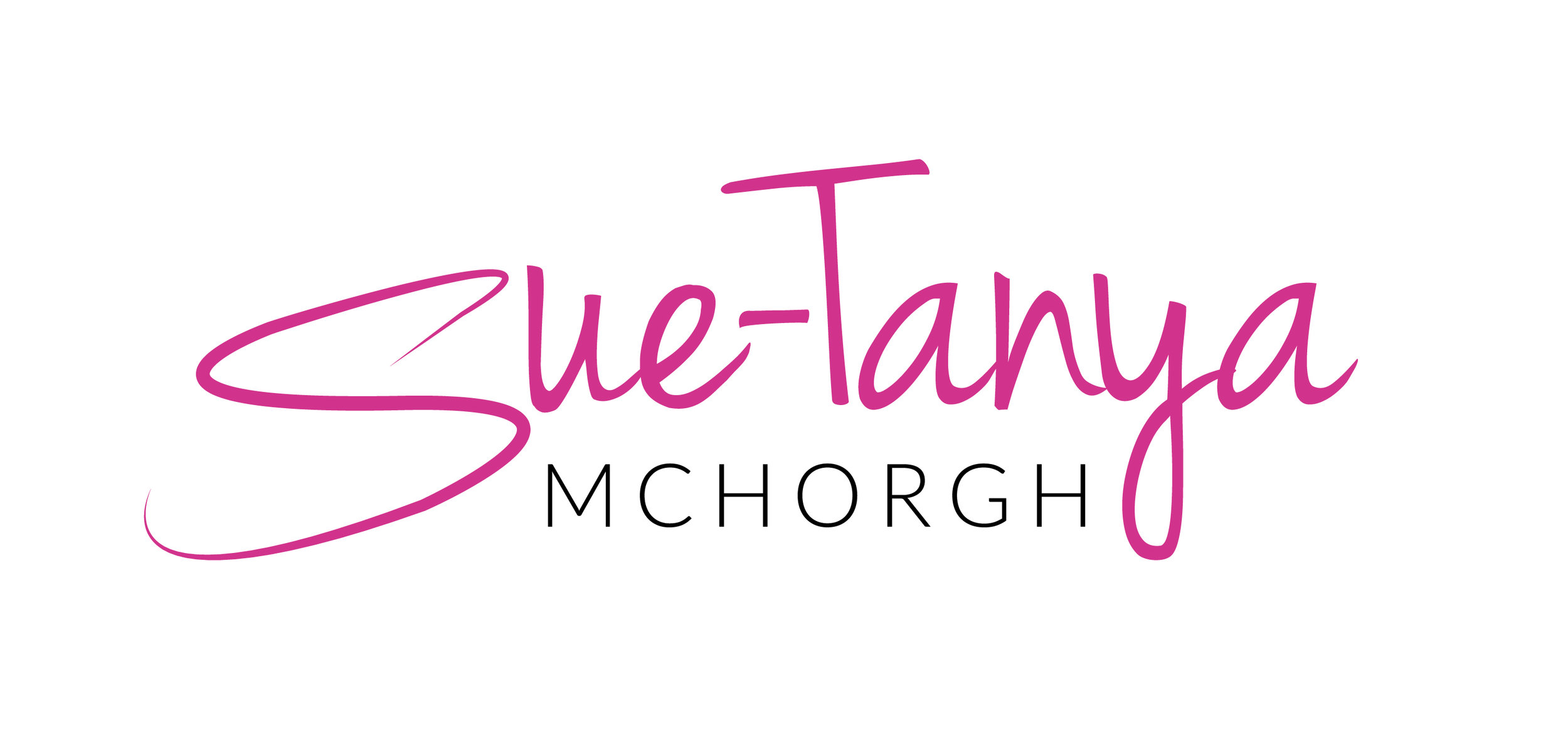The Role of Hashtags in Social Media Marketing: Amplifying Your Reach Effectively
Hashtags have transformed the way content is discovered and shared on social media platforms. From Twitter to Instagram and beyond, hashtags serve as powerful tools for increasing visibility and engaging with a broader audience. Here’s a guide on harnessing the potential of hashtags to enhance your social media marketing strategy.
Understanding Hashtags in Social Media Marketing
1. Enhancing Discoverability: Hashtags categorize content by keywords or topics, making it easier for users to find relevant posts. When users search or click on a hashtag, they can explore all posts using that tag, expanding your content’s reach.
2. Boosting Engagement: Using relevant and popular hashtags can attract users who are interested in your industry, niche, or specific topic. This increases the likelihood of engagement through likes, comments, shares, and follows.
3. Branding and Campaigns: Hashtags can be used to create branded campaigns, promote events, or rally community support around a cause. A unique branded hashtag can reinforce brand identity and encourage user-generated content.
Tips for Using Hashtags Effectively
1. Research and Select Relevant Hashtags: Use tools like Hashtagify, RiteTag, or native platform insights to identify trending and relevant hashtags in your industry. Balance between broad (e.g., #SocialMediaMarketing) and niche (e.g., #SmallBusinessTips) hashtags to reach different audience segments.
2. Use Branded and Campaign-Specific Hashtags: Create unique hashtags for your brand, products, or marketing campaigns. Ensure they are memorable, concise, and easy to spell to encourage adoption by your audience.
3. Mix Popular and Long-Tail Hashtags: Combine popular hashtags with less competitive long-tail hashtags (e.g., #DigitalMarketingTips vs. #DigitalMarketingStrategyForSmallBusinesses) to increase visibility and attract targeted audiences.
4. Monitor and Engage: Track the performance of your hashtags using analytics tools provided by social media platforms. Monitor engagement metrics to gauge effectiveness and adjust your hashtag strategy accordingly.
5. Contextual Relevance: Incorporate hashtags naturally within your captions or comments. Avoid overloading posts with hashtags or using irrelevant tags, which can detract from your message and appear spammy.
Best Practices for Hashtag Usage
1. Tailor Hashtags to Each Platform: Each social media platform has its own hashtag etiquette and character limits. Tailor your hashtag strategy accordingly to maximize impact on each platform (e.g., Instagram allows up to 30 hashtags per post, while Twitter and LinkedIn generally use fewer).
2. Encourage User Participation: Prompt followers to use your branded hashtag in their posts, contests, or user-generated content campaigns. This fosters community engagement and amplifies your brand’s reach organically.
Conclusion
Harnessing the power of hashtags in your social media marketing strategy can significantly enhance your content’s visibility, engagement, and brand awareness. By researching, selecting, and using hashtags strategically, you can effectively amplify your reach and connect with a broader audience interested in your offerings. Stay updated on trending hashtags, experiment with different combinations, and monitor performance to optimize your hashtag strategy for maximum impact on social media platforms.

